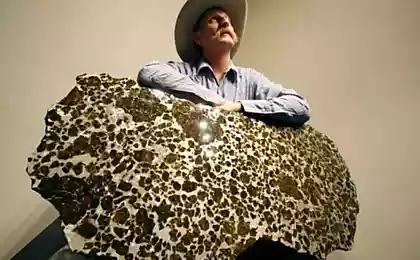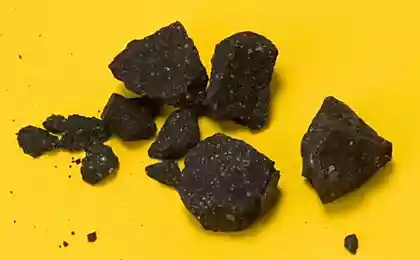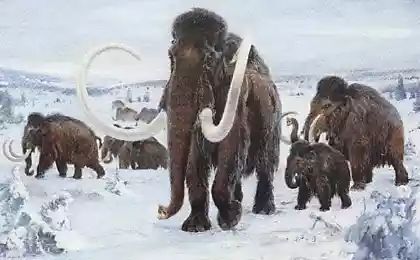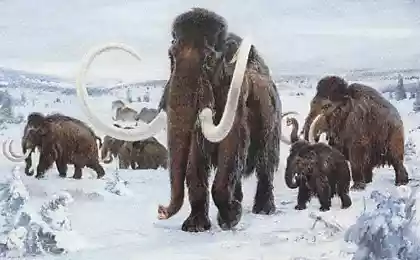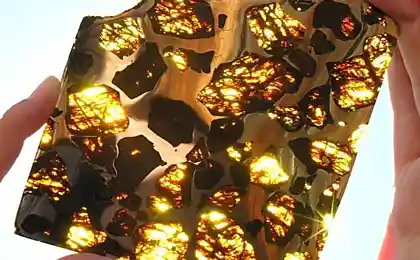892
5 largest meteorite that fell to Earth

Meteorites fell to the ground many times one has fallen recently - we're talking, of course, the famous Chelyabinsk meteorite. There are other, less well-known and much larger, the impact of the fall which sometimes were devastating.
1. Tunguska meteorit

June 17, 1908, the year at seven o'clock local time near the river Stony Tunguska explosion occurred air capacity of about 50 megatons - this power corresponds to the explosion of a hydrogen bomb. The explosion and the subsequent blast wave was recorded observatories around the world, huge trees on the territory of 2000 square kilometers of the estimated epicenter appeared vyvorocheny the roots, and in the homes of the residents there was not a whole glass. After that, for a few more days, sky and clouds in the area lit, including the night.
Locals told us that shortly before the explosion seen flying across the sky a huge fireball. Unfortunately, given the years of the incident, no one photograph the ball has not been made.
None of the numerous research expeditions were found of any celestial body that is likely to form the basis for the world. In this first expedition arrived in the Tunguska region 19 years after the events - in 1927.

The event is attributed to the fall of a large meteorite to the Earth, which was later called the Tunguska, but scientists could not find debris of a celestial body, or at least the remainder of the fall of its substance. However, at this point recorded accumulation of microscopic silicate and magnetite balls, which could not have arisen in the field of natural causes, so it is attributed to cosmic origin.
So far it is unknown what caused the explosion: the official hypothesis does not exist, but the nature of the meteor phenomenon still seems the most likely.
2. Meteorite Tsarёv
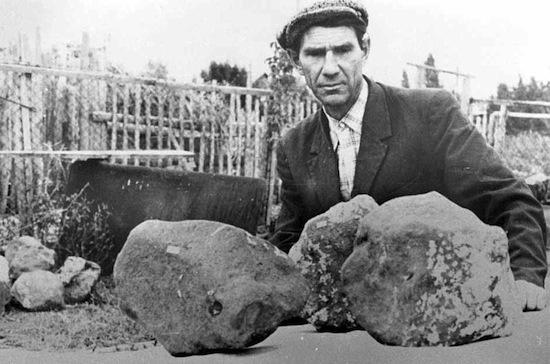
In December 1922, the inhabitants of Astrakhan province were able to observe a stone falling from the sky: witnesses said that the fireball had a huge size and published in flight deafening noise. Once there was an explosion, and the sky (again, according to witnesses) started to rain of stones - the next day, who lived in the area, farmers have found their fields fragments stones strange shape and form.

Hearing about the incident quickly blew across Russia: Astrakhan province expedition arrived, but traces of a meteorite, for whatever reasons, did not find. Find them was only 50 years later when plowing the fields of the farm "Leninsky" - only 82 were found chondrite meteorite, with debris scattered on the territory of 25 km2. The largest fragment weighs 284 kg (it can be seen today in the Moscow museum of Fersman), the smallest - only 50 grams, and the composition of the samples clearly indicates that they are of extraterrestrial origin.
The total weight of the debris found in 1225 is estimated kg, with the fall of such a large celestial body has not caused significant damage.
3. Goba

The biggest in the world by a meteorite is a meteorite Goba: it is in Namibia and a lump weighing about 60 tons, and the volume of 9 cubic meters, 84% consisting of iron and 16% - nickel with small amounts of cobalt. The surface of the meteorite - iron without any impurities: a single piece of iron of natural origin of this size is no longer in the world.
Watch Goba fall to Earth could have evolved dinosaurs: he fell on our planet in prehistoric times and has long been buried under the ground, while in 1920 he was not found while plowing a field by a local farmer. Now the object is assigned the status of a national monument, and see it for a small fee, anyone can.

It is believed that in the fall the meteorite weighed 90 tons, but over the millennia stay on the planet erosion, vandalism and research caused the reduction of its weight up to 60 tons. Unfortunately, a unique object continues to "lose weight" - many tourists consider it their duty to carry off a piece of memory .
4. Sikhote-Alin meteorit
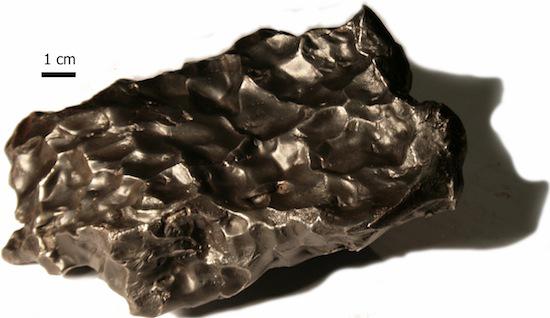
February 12, 1947, the year in the Ussuri taiga has been dropped huge boulders - the event could watch the villagers Beytsuhe in Primorye Territory: as always happens in the case of a meteorite, witnesses talked about a huge ball of fire, with the advent and explosion which was followed by a rain of iron debris fallen in an area of 35 square kilometers. Significant damage to the meteorite did not cause, but shot into the ground a number of craters, one of which is the depth of six meters.
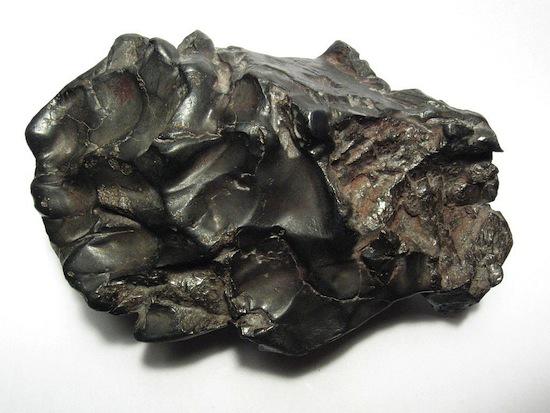
It is assumed that the mass of the meteorite at the time of entry into the Earth's atmosphere is 60 to 100 tons: the largest of the found wreckage weighs 23 tons and is considered one of the ten largest meteorites in the world. There are a few large boulders, formed as a result of the explosion - the wreckage is now stored in the meteorite collection of the RAS and the Khabarovsk regional museum named after NI Grodekov.
5. Alende
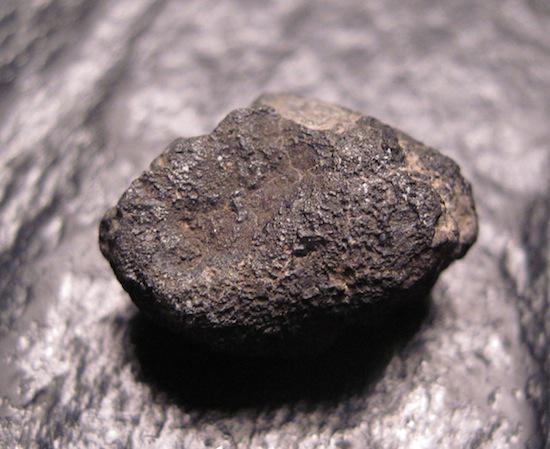
Allende fell to Earth on Feb. 8, 1969, the year in the Mexican state of Chihuahua - it is the largest carbonaceous meteorite on the planet and at the time of the fall of his weight was about five tons.

Today Allende - the most studied in the world of meteorite: its fragments are found in many museums around the world, and is notable for it first of all, that is the most ancient of the discovery of the bodies of the solar system, whose age was able to ascertain - it about 4, 567 billion years.
In addition, it includes for the first time was found a previously unknown mineral, called Pangaea: Scientists suggest that this mineral is part of a plurality of space objects, such as asteroids.
via factroom.ru
